Emergence of Remote Work and Global Teams
The emergence of remote work and the formation of The Language Translation Software Industry. As organizations adopt flexible work arrangements, collaboration among team members from different linguistic backgrounds becomes essential. Language translation software plays a crucial role in enabling effective communication and collaboration in such environments. The rise of remote work has led to an increased reliance on digital tools, including translation software, to bridge language barriers. This trend is expected to continue, with market analysts predicting a sustained demand for translation solutions that facilitate seamless interaction among diverse teams.
Increased Focus on Localization Strategies
An increased focus on localization strategies among businesses is driving growth in the Language Translation Software Market. Companies recognize that effective localization goes beyond mere translation; it involves adapting content to resonate with local cultures and preferences. This trend is particularly pronounced in industries such as entertainment and marketing, where tailored messaging can significantly impact audience engagement. As organizations invest in localization, the demand for advanced translation software that supports these efforts is likely to surge. Market analysts suggest that the localization market could reach a valuation of over 50 billion dollars in the coming years, further propelling the translation software sector.
Expansion of E-Learning and Online Education
The expansion of e-learning and online education platforms is contributing to the growth of the Language Translation Software Market. As educational institutions and training providers increasingly offer courses in multiple languages, the need for effective translation tools becomes paramount. Language translation software facilitates access to educational resources for non-native speakers, promoting inclusivity and diversity in learning environments. The e-learning market is projected to grow significantly, with estimates indicating a potential increase to over 300 billion dollars by 2025. This growth is likely to drive demand for translation solutions that cater to the educational sector.
Rising Demand for Multilingual Communication
The increasing interconnectedness of markets and cultures has led to a rising demand for multilingual communication. Businesses are expanding their reach across borders, necessitating effective communication in various languages. This trend is particularly evident in sectors such as e-commerce, where companies require language translation software to cater to diverse customer bases. The Language Translation Software Market is experiencing growth as organizations seek to enhance customer engagement and satisfaction through localized content. According to recent estimates, the market is projected to grow at a compound annual growth rate of approximately 7.5% over the next few years, driven by the need for seamless communication in an increasingly globalized economy.
Technological Advancements in AI and Machine Learning
Technological advancements in artificial intelligence and machine learning are revolutionizing the Language Translation Software Market. These innovations enable more accurate and context-aware translations, significantly improving user experience. AI-driven algorithms can learn from vast datasets, allowing for real-time translation that adapts to various linguistic nuances. As businesses increasingly rely on automated solutions for efficiency, the demand for sophisticated translation software is likely to rise. The integration of AI technologies is expected to enhance the capabilities of translation tools, making them indispensable for companies aiming to maintain a competitive edge in diverse markets.
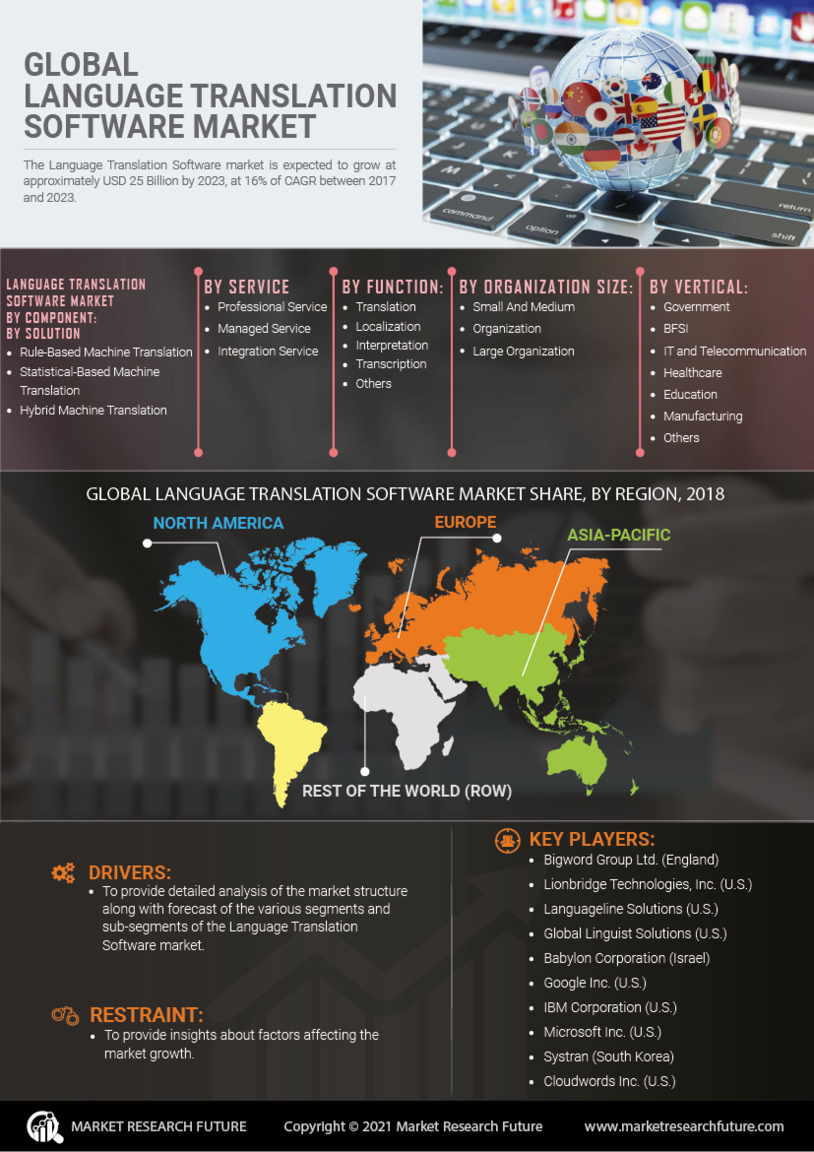

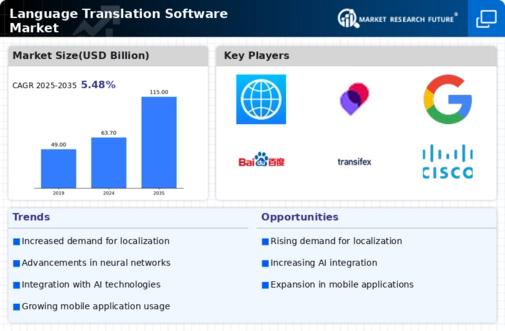
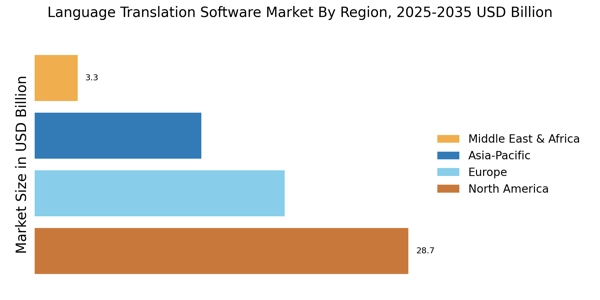


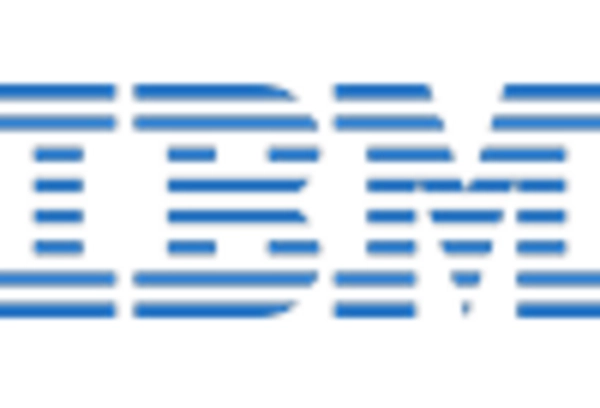
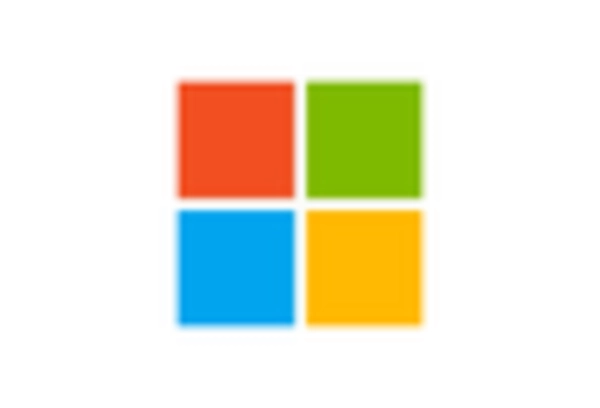

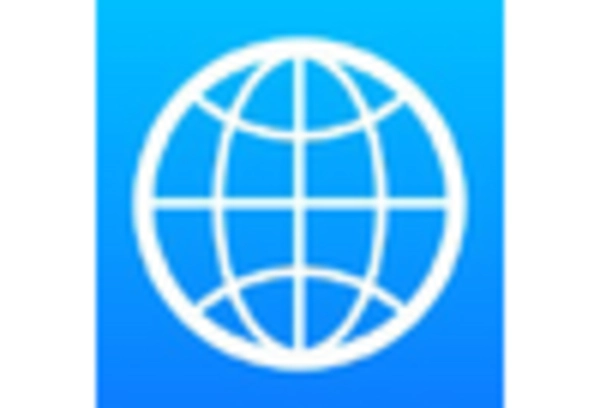








Leave a Comment